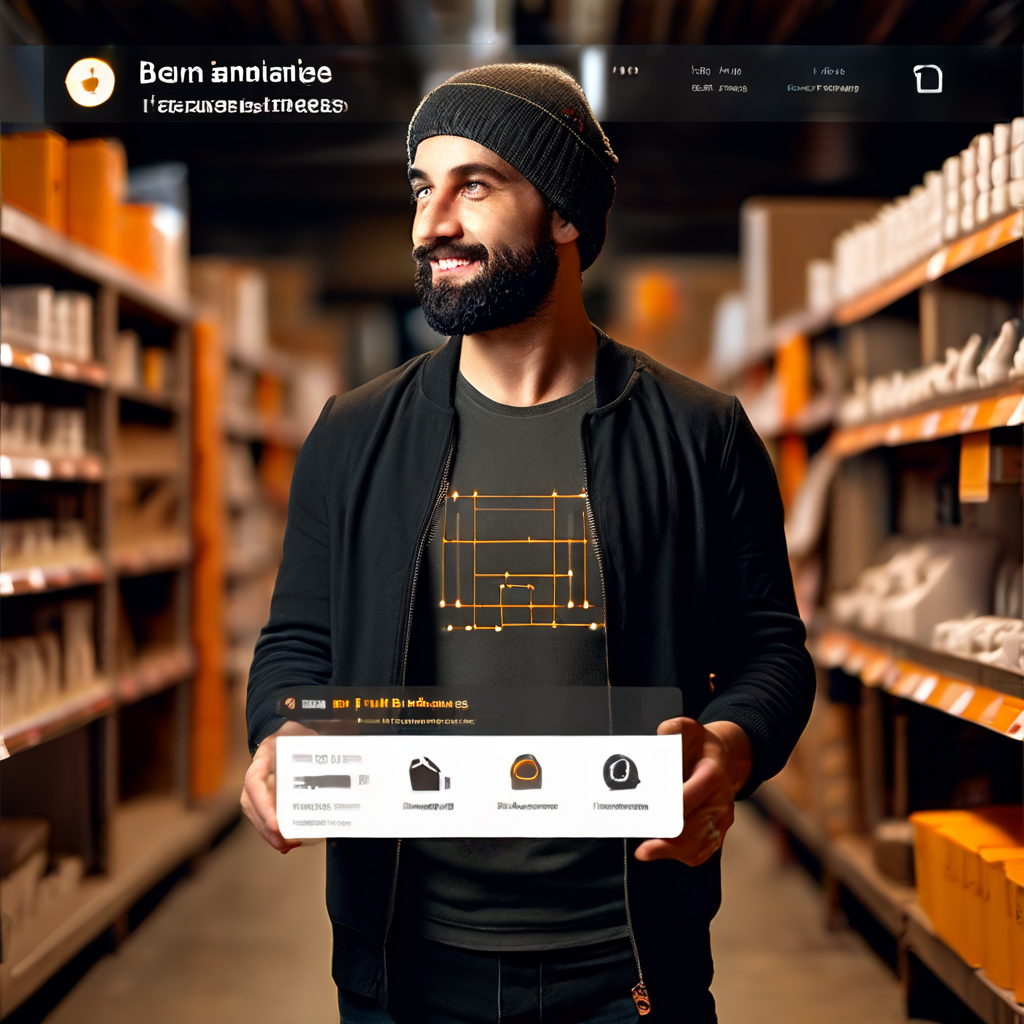
Imagine walking into your favorite online store, and it instantly knows what you might like. That’s the magic of a product recommendation system. These systems use data about your past behavior to suggest items you’re likely to be interested in. Not only do they make shopping more enjoyable, but they also drive sales for businesses. Today, we’ll explore how you can build such a system on Amazon Web Services (AWS), the leading cloud computing platform.
Designing Your Recommendation System
- Data Collection: The first step is gathering information about how customers interact with your store. What have they bought before? Which products did they click on? Did they leave any reviews? We’ll use Amazon Kinesis Data Firehose to collect this data in real-time, like a steady stream flowing into our system.
- Data Storage: Next, we need a place to store all this valuable information. Think of it like a giant warehouse where we organize everything. We’ll use Amazon DynamoDB, a database built to handle massive amounts of data quickly and efficiently.
- Model Training: Now comes the exciting part: teaching our system to make recommendations. We’ll use Amazon Personalize, a service that creates custom recommendation models based on our collected data. It’s like training a new employee to understand your customers’ preferences.
- Integration with Your Store: It’s time to connect our recommendation system to your online store. We’ll use AWS Lambda, a serverless computing service, and Amazon API Gateway, which acts as a door between your store and the recommendation engine. This way, when a customer visits your store, they’ll see personalized product suggestions.
- Monitoring and Optimization: Just like a car needs regular maintenance, our recommendation system needs to be monitored and fine-tuned. We’ll use Amazon CloudWatch to keep an eye on how well our system is performing. Are customers clicking on the recommendations? Are they buying the suggested products? This data helps us make improvements over time.
One note here, The Pre-Amazon Personalize Era, building Recommendations with Amazon SageMaker
Before Amazon Personalize came along, building a recommendation system was a bit like crafting a custom-made suit. It required more expertise and hands-on work. Let’s take a quick detour to see how it was done using Amazon SageMaker, another powerful AWS service.
Think of SageMaker as a workshop filled with tools for machine learning. It allowed us to build, train, and deploy our own recommendation models. This involved selecting the right algorithm (like choosing the right fabric for our suit), preparing the data (cutting and measuring), and then training the model (stitching the pieces together).
The process was more involved, requiring a deeper understanding of machine learning concepts and algorithms. We had to experiment with different approaches, fine-tune parameters, and evaluate the model’s performance. It was a bit like being a tailor, carefully adjusting each detail to create the perfect fit.
However, with the advent of Amazon Personalize, the process became much simpler. It’s like having a ready-made suit that’s already tailored to your needs. Personalize takes care of the heavy lifting, automating many of the steps involved in building and deploying recommendation models.
This means you don’t need to be a machine learning expert to create a powerful recommendation system. Personalize offers a variety of pre-built recipes (think of them as different suit styles), each optimized for specific use cases. You simply provide your data, and Personalize does the rest, creating a custom-fit model that’s ready to use.
The benefits of using Personalize are clear:
- Reduced complexity: You don’t need to worry about the intricacies of machine learning algorithms.
- Faster time to market: You can get your recommendation system up and running quickly.
- Improved performance: Personalize leverages Amazon’s expertise in machine learning to deliver high-quality recommendations.
Of course, SageMaker still has its place for those who need more customization or want to experiment with different algorithms. But for most use cases, Personalize offers a streamlined and effective way to build a recommendation system. It’s like having a personal stylist who knows exactly what your customers will love.
How it all Works Together
Let’s take a step back and see how all these pieces fit together:
- Customer Interaction: When a customer browses or buys something in your store, that information is sent to Kinesis Data Firehose.
- Data Storage: Kinesis Data Firehose delivers the data to DynamoDB, where it’s stored securely.
- Model Training: Amazon Personalize analyzes the data in DynamoDB and learns from it to create personalized recommendation models.
- Recommendation Generation: When a customer visits your store, API Gateway triggers a Lambda function, which fetches recommendations from Personalize.
- Display Recommendations: The Lambda function sends the recommendations back to your store, where they’re displayed to the customer.
- Monitoring: CloudWatch tracks how well the recommendations are performing, providing insights for optimization.
Building a product recommendation system might seem complex, but AWS provides the tools to make it achievable. By following these steps, you can create a system that enhances the customer experience, boosts sales, and gives you a competitive edge. Remember, the key is to start with good data, choose the right services, and continuously monitor and improve your system.


